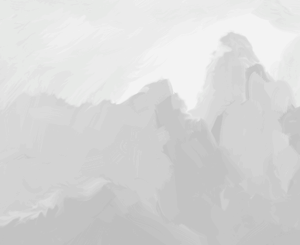
Howe attended the University of Michigan and in 1872 went to Kiukiang, China, as the pioneer missionary of the Woman’s Foreign Missionary Society (WFMS) of the Methodist Episcopal Church. For a few years she was joined by her sister, Dr. Delia Howe. In 1873 she founded what became the Rulison Girls’ High School, which insisted on unbound feet for admittance. To the shock of fellow missionaries, she adopted four Chinese girls and began to teach them English. After a dispute between the WFMS and the Methodist mission board over her mission policies, in 1883 she transferred to Chungking to open a girls’ school that was destroyed by riots two years later. Returning to Kiukiang, she continued her educational work, preached throughout the countryside, and trained “Bible women.”
With confidence in Chinese ability she tutored Chinese students in higher branches of Western learning. In 1892 she took five Chinese pupils to the University of Michigan and supported them. Two were among the first Chinese women to become medical doctors, Mary Stone and Ida Kahn. Kahn, who was one of Howe’s adopted daughters, founded a hospital in Nanchang. Howe’s other daughters married prominent Chinese educators and government ministers, and one became an itinerant evangelist. Howe mothered and educated many other Chinese children, refusing to leave them for vacations in “Westerners only” resorts, and living as a Chinese so as to have money for the children. She did a lot of translation work, including the Methodist Hymn Book, and compiled The History of the Reformation in Chinese. In 1926 she moved to Nanchang to live with Ida Kahn and to superintend the work of Bible women. After surviving the 1927 civil war, she died as one of Methodism’s most well-known missionaries.
Attribution
This article is reprinted from Biographical Dictionary of Christian Missions, Macmillan Reference USA, copyright (c) 1998 Gerald H. Anderson, by permission of The Gale Group; Wm. B. Eerdmans Publishing Co., Grand Rapids, Michigan. All rights reserved.
Sources
- The most valuable source on Howe's life are the clippings in her file at the archives of the United Methodist Church in Madison. N. J., and the correspondence about her in the files of other missionaries. See pamphlets "Gertrude Howe" by Frances J. Baker, and "Miss Gertrude Howe" by Mary Stone. She wrote articles for Heathen Woman's Friend and other religious publications.
About the Author
Professor of International Mission, Boston University School of Theology, Boston, Massachusetts, USA



